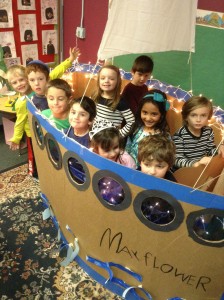This week, as we prepared to observe Martin Luther King Jr. Day, we learned about Dr. King’s legacy and how he – and many others – worked to change people’s beliefs and attitudes, as well as the laws of the land. We acknowledged that there is still so much more work to be done and reflected on the ways in which we could build on Dr. King’s legacy of repairing our world (tikkun olom). Our reflections are hanging in the school lobby’s bulletin board.
Learning about Dr. King’s life also afforded us an opportunity to learn about upstanders and bystanders. As one child explains: “An upstander stands up and says ‘STOP’!’ They say ‘stop’ when people aren’t showing kavod or hesed.”
“A person who helps people when they are fighting is an upstander,” states another student. “If someone is fighting, a bystander doesn’t help them. We should be an upstander and help people,” she continues. “Martin Luther King Jr. was an upstander. He taught people kavod, hesed and shalom. He also changed bad laws. Like if someone like Wilma Rudolph [an Olympic Gold-medalist – one of our favorite books recounts her life story] had brown skin and the doctors didn’t treat her well, the law should be that doctors have to take care of you.”
Every day our kehillah (community) works to affirm Dr. King’s words: “Darkness cannot drive out darkness; only light can do that. Hate cannot drive out hate; only love can do that.”
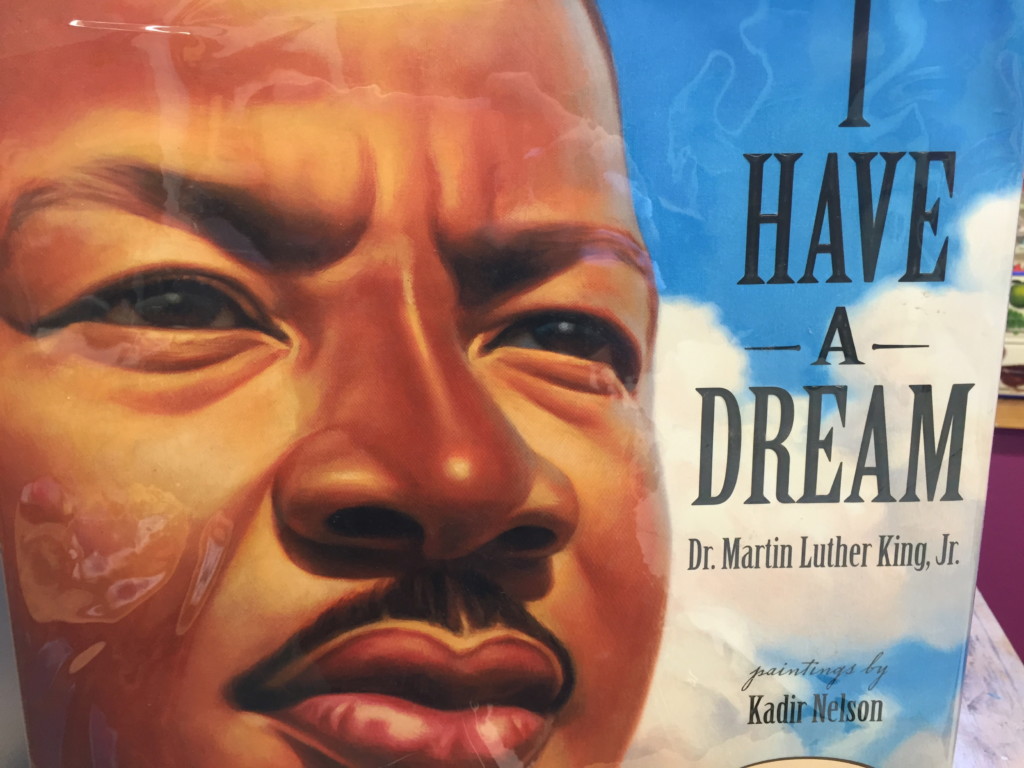
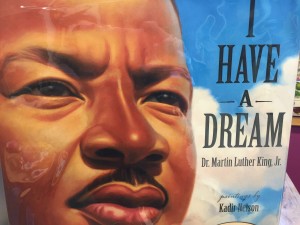
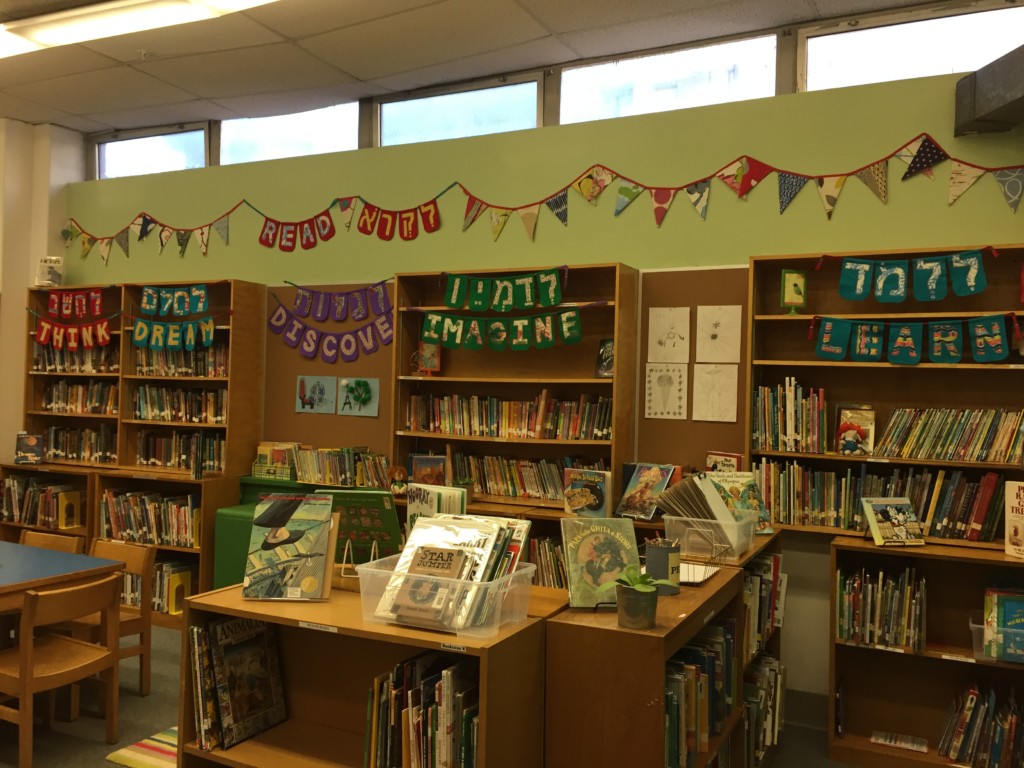

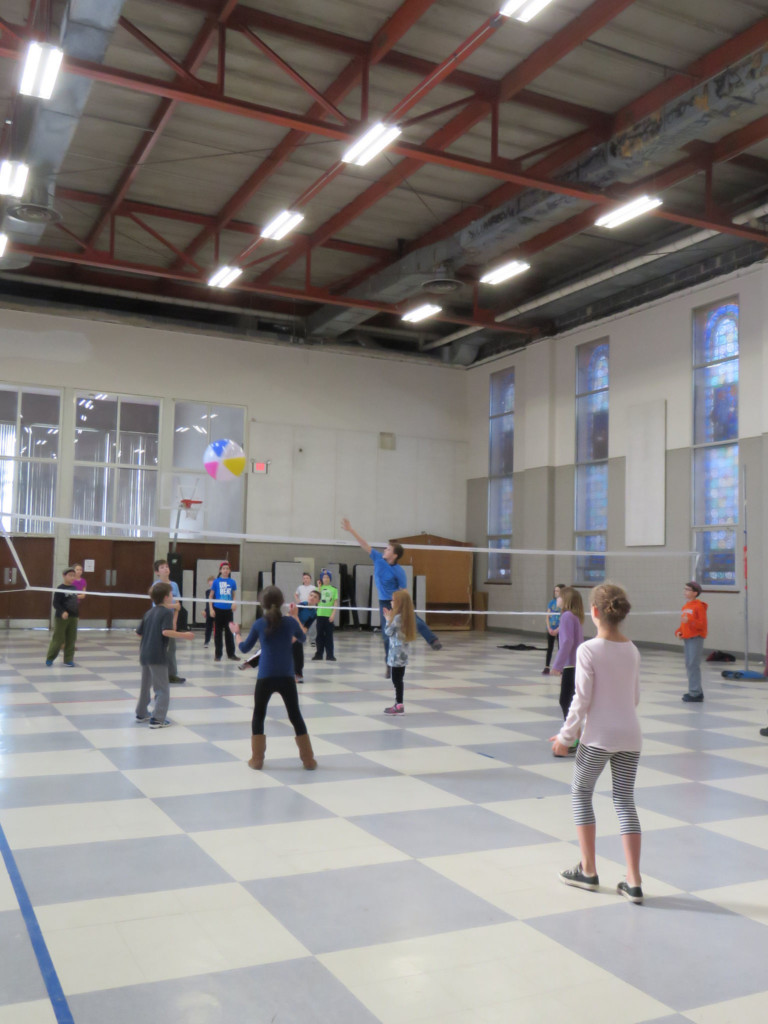


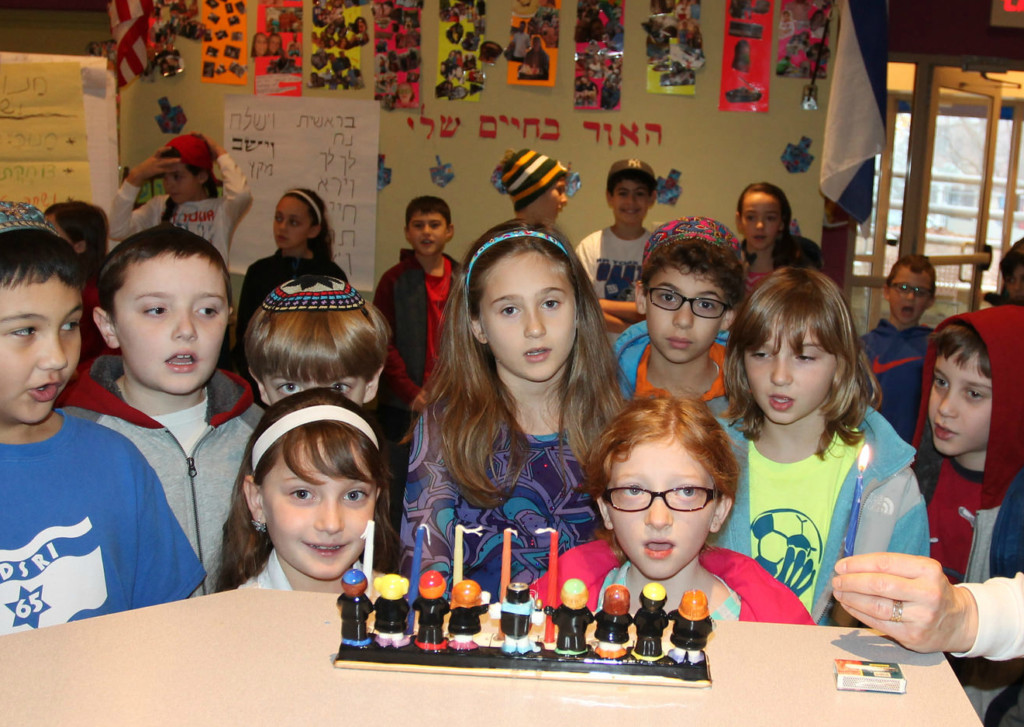
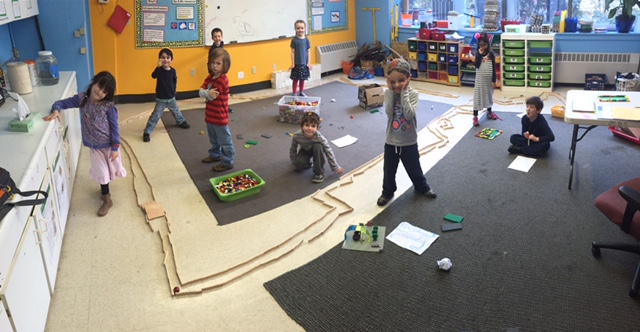
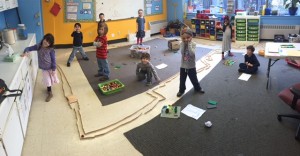
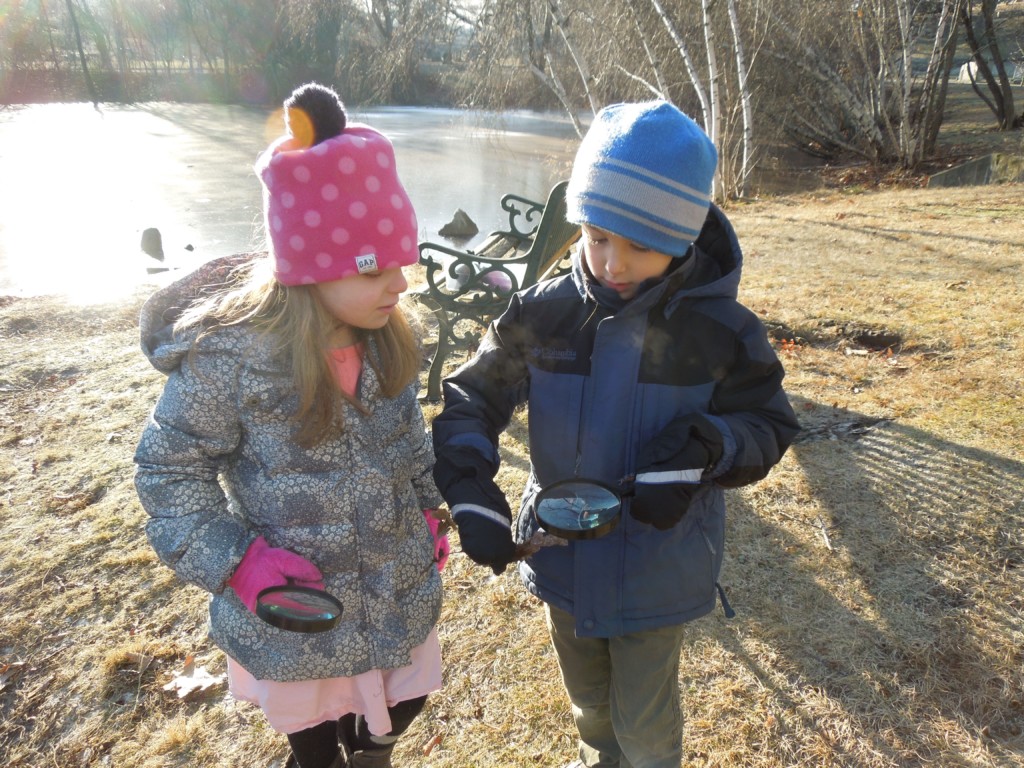
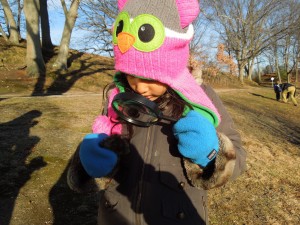
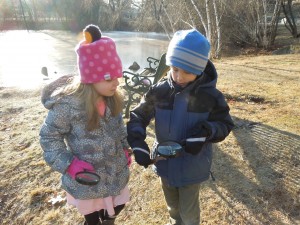
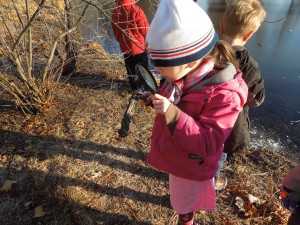
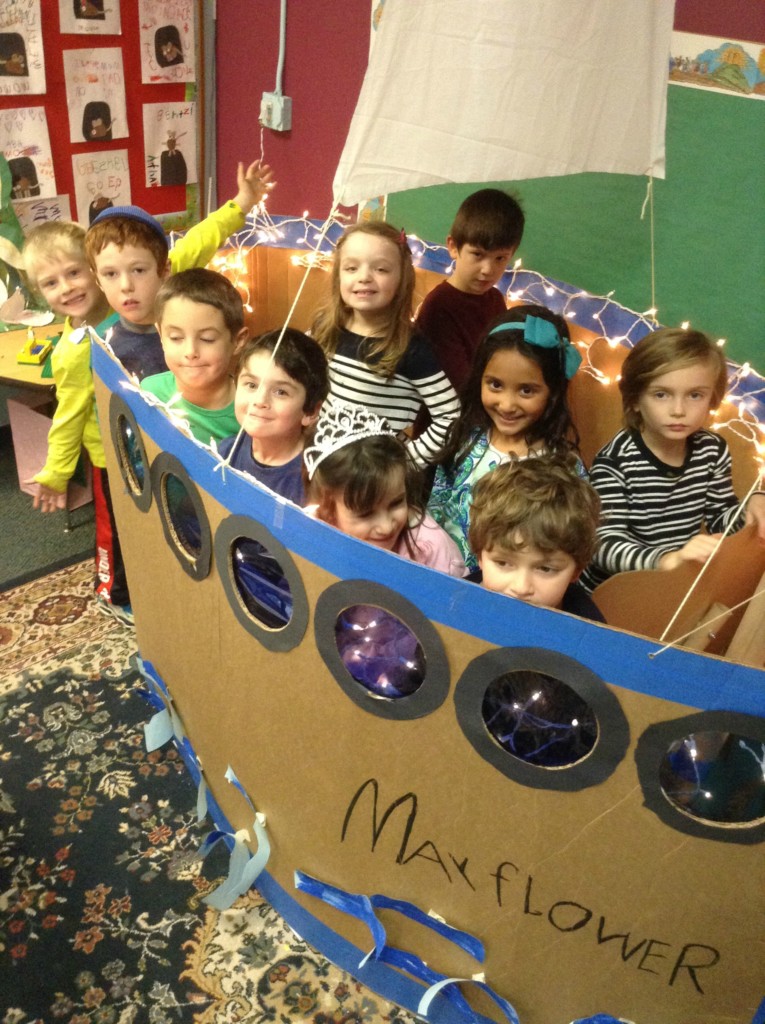
 One large cardboard box in Kindergarten inspired creativity and imagination, as the children build upon, transformed and reinvented it.
One large cardboard box in Kindergarten inspired creativity and imagination, as the children build upon, transformed and reinvented it.